LNG For Heavy Vehicles
LNG is pegged as a clean and economical fuel for Heavy Commercial Vehicles.
The advantages of natural gas as a transportation fuel include its domestic availability, widespread distribution infrastructure, and reduced greenhouse gas emissions over conventional gasoline and diesel fuels.
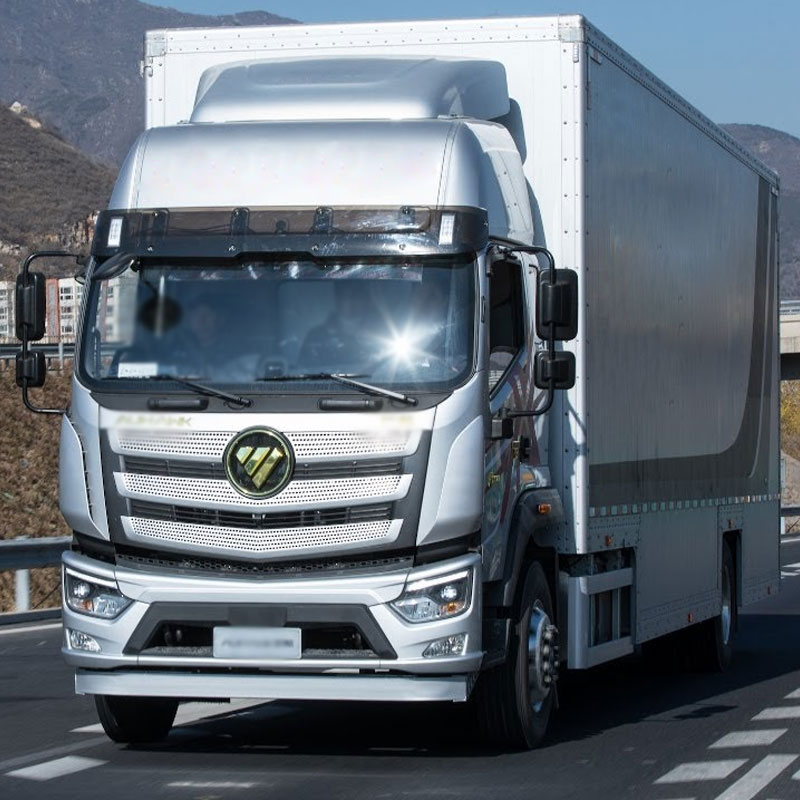

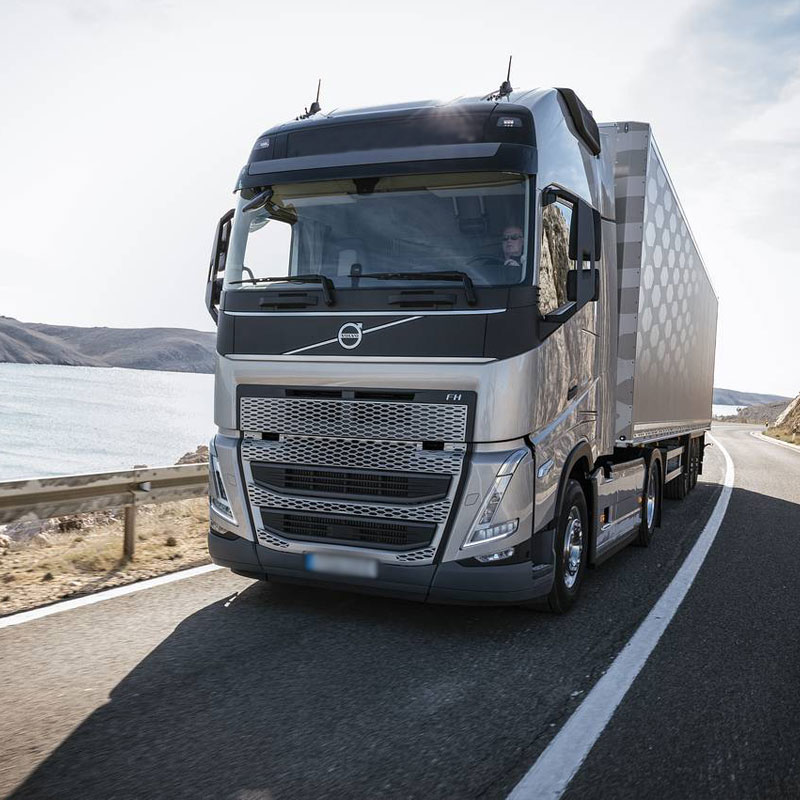
India has an annual demand of 82 Million TPA Diesel ( Source PPAC) ( of which over 30 MMTPA is towards non-goods transport ( buses, vehicles) ). These represent a large opportunity for LNG in India. The states of Gujarat, Maharashtra, Karnataka, Rajasthan, Punjab, Orisa have a demand of over 15 MMTPA Diesel, with over 10 MMTPA of it towards auto fuel.
LNG Costing : Auto Fuel
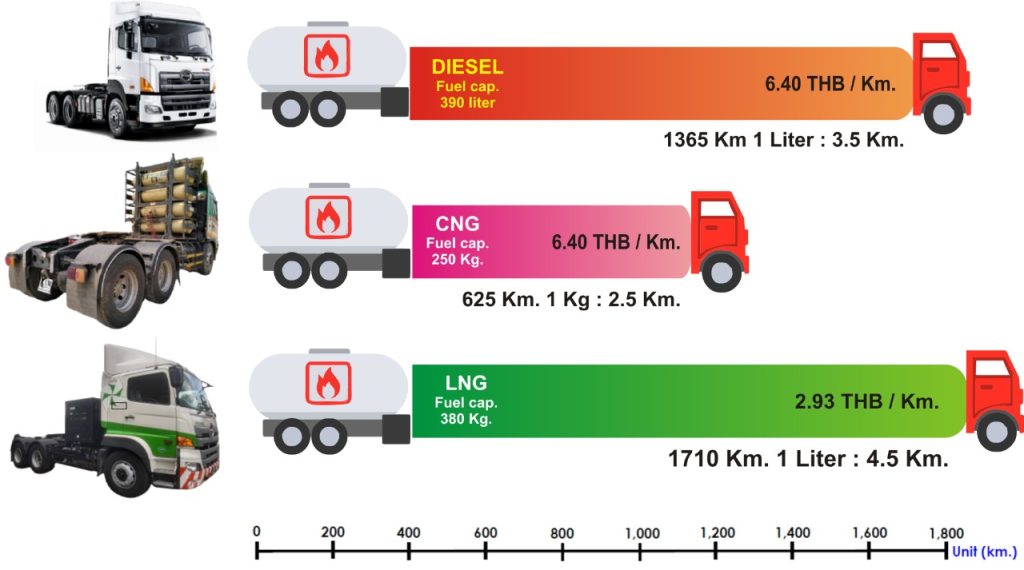
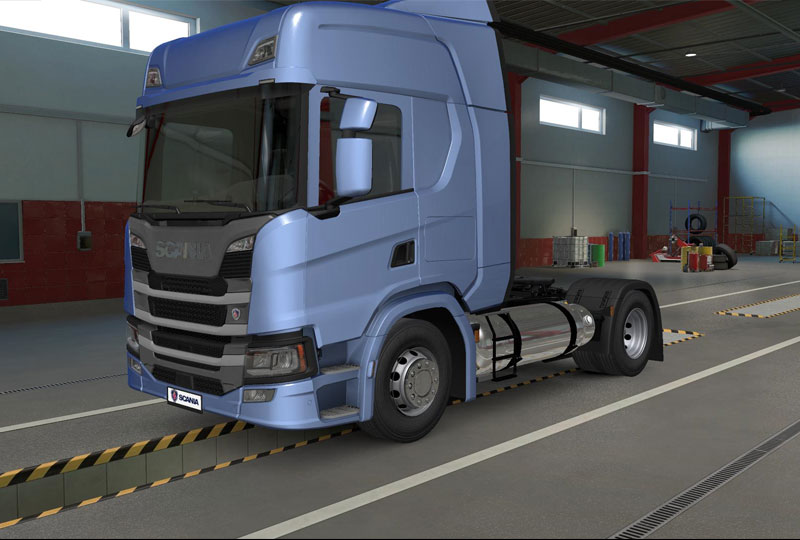
Truck Economics
We will provide the full support in technical guidance and truck modification.
We will assist customer to monitor the operation of the truck and provide full support to solve the unexpected issue.
Both customer on-site training or training program at our factory can be arranged depends on customer request.
As part of the maintenance guarantee, we can jointly set up the service center with the customer.
We will provide the full knowledge and guidance based on our experiences.
Vehicle LNG Cylinder & Advantages
ADVANTAGES:
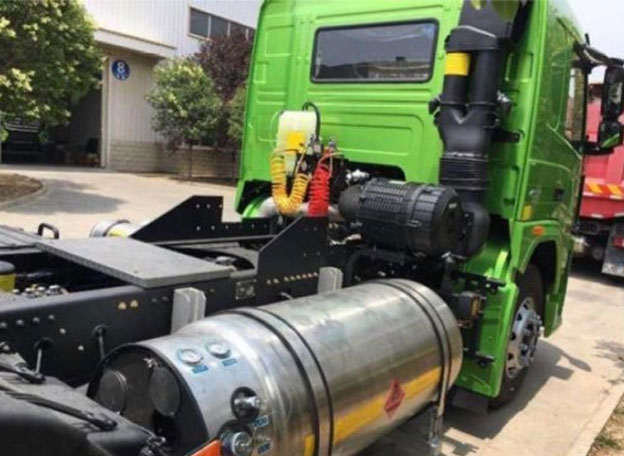

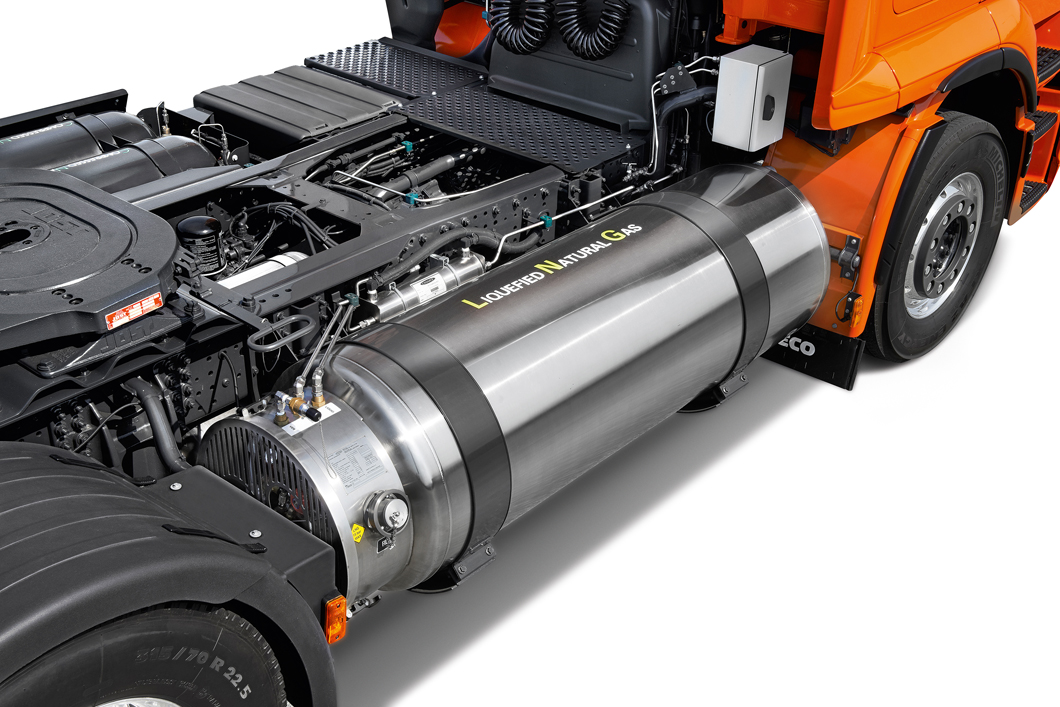
The system assembly consists of six parts: Vehicle LNG Cylinder: LNG storage device consists of inner tank, outer shell, thermal insulation layer and valve pipeline (economy valve, safety valve, pressure gauge); Outlet pipeline: LNG changes from liquid to gaseous and continuously provides fuel to the engine.
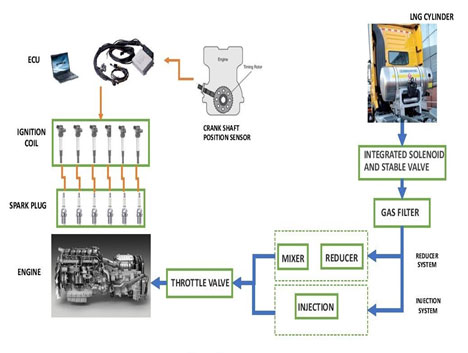

5G acceleration, vibration frequency 8-40 Hz, no leakage, swell or frost in an hour after vibration completed.

Surface Temperature 550 degree C, 136 mins Safety valve jump up, 40 mins higher than standards.

Top up liquid nitrogen weight the same as LNG. Let the gas cylinder free fall from 3M above the ground, with the valve landed. No leakage, swell or frost in an hour.

Top up liquid nitrogen weight the same as LNG. Let the gas cylinder free fall from 10M above the ground, with the bottle landed. No leakage, swell or frost in an hour.